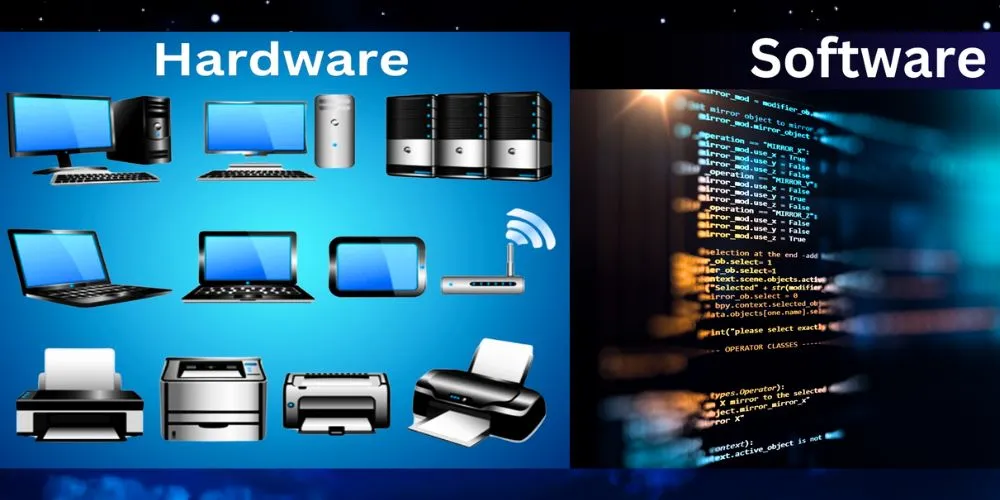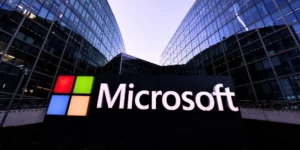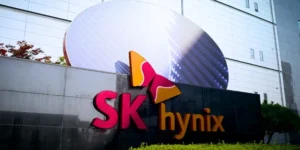In the ever-evolving computing landscape, understanding the relationship between hardware and software is fundamental to grasping how digital systems operate. While hardware and software are distinct in form and function, they are interdependent and work harmoniously to perform even the simplest tasks. This comprehensive overview explores the roles each plays, how they interact, their mutual evolution, challenges in integration, and the impact of this relationship on system performance and user experience.
Understanding Hardware and Software
Hardware refers to the physical components of a computer system, such as the central processing unit (CPU), memory, storage devices, and input/output peripherals. These tangible elements are engineered to perform specific functions supporting computing operations. Software, in contrast, comprises the instructions, programs, and data that direct hardware to carry out particular tasks. It is an intangible but essential interpreter between users and the physical machine.
Software tells hardware what to do and how to do it. From operating systems that manage system resources to applications that fulfill user needs, software provides the logic and structure that hardware alone cannot execute. Together, hardware and software transform raw data into meaningful output, enabling everything from web browsing and gaming to data processing and artificial intelligence.
The Role of Hardware in Software Execution
Hardware serves as the foundational platform upon which all software runs. Every action initiated by software, from opening a file to launching a program, relies on underlying hardware components to be carried out effectively.
Processing and Computation
At the core of software execution is the CPU, which processes instructions provided by software in binary code. The CPU retrieves these instructions from memory, decodes them, and performs the necessary calculations or logical operations. Whether rendering a video or calculating a spreadsheet formula, the CPU is the workhorse that turns software commands into tangible results.
Storage and Retrieval
Software applications and data must be stored somewhere physically, where storage devices come into play. Complex and solid-state drives house operating systems and applications, loading them into memory when needed. Without hardware-based storage, the software would have no medium to persist or retrieve data.
Memory and Speed
Random Access Memory (RAM) provides a temporary workspace for active software processes. It holds the current data and instructions, allowing quick CPU access without retrieving information from slower storage devices. The amount and speed of RAM directly affect how efficiently software performs, particularly when multitasking or running resource-intensive applications.
The Role of Software in Hardware Utilization
While hardware provides the necessary infrastructure, software enables its operation. Without software, hardware remains inert and incapable of independent function.
Operating Systems as Intermediaries
The operating system (OS) is the primary mediator between hardware and software applications. It controls hardware resources, manages files, and handles input/output operations. The OS enables communication between applications and hardware, translating commands into machine-executable actions. For example, when a user saves a file, the OS directs the storage hardware to write the data at a specific location.
Drivers and Firmware
Software components, known as drivers, are essential for specific hardware devices to function correctly. A driver provides a standardized way for the OS and applications to interact with devices like printers, graphic cards, or network adapters. Firmware, a special software embedded into hardware, controls low-level operations and ensures proper functionality from when a device is powered on.
Application Software and Resource Allocation
Application software, such as word processors, web browsers, and games, utilizes hardware resources through system-level services. Depending on its function, software can demand more from specific hardware components. For instance, a 3D design application heavily relies on the GPU, while a database management system might stress CPU and storage performance. Software efficiency significantly influences how effectively hardware is used.
Integration and Interdependence
The synergy between hardware and software is not merely transactional but deeply integrated. This interdependence maximizes system efficiency, user experience, and functionality across various devices and applications.
Compatibility and Optimization
Software must be compatible with the hardware on which it runs. Developers often optimize applications for specific hardware configurations, especially in gaming, mobile computing, and scientific simulations. Conversely, hardware manufacturers provide specifications and development tools to ensure software effectively uses their products. This mutual tuning enhances performance and prevents issues like bottlenecks or crashes.
Embedded Systems and Specialized Software
Hardware and software are tightly coupled in embedded systems, such as those found in appliances, vehicles, and industrial machines. The software is often written specifically for hardware configuration, optimizing reliability and efficiency. These systems highlight the intimate relationship between hardware and software, where both must work seamlessly to achieve real-time performance and safety requirements.
Challenges in Hardware–Software Interaction
Despite their complementary nature, integrating hardware and software presents several challenges. These include compatibility concerns, performance bottlenecks, and the need for continuous updates to maintain synchronization between components.
Compatibility and Legacy Systems
As hardware evolves, maintaining compatibility with older software becomes challenging. Conversely, newer software may demand features or performance levels not supported by legacy hardware. This can create barriers for users and organizations looking to upgrade systems without incurring excessive costs or complexity.
Performance Mismatch
Poorly optimized software can overwhelm even high-performance hardware, leading to lag, errors, or crashes. Likewise, hardware limitations can restrict the capabilities of otherwise efficient software. Balancing these two aspects requires careful system design, testing, and tuning.
Security and Reliability
Vulnerabilities can exist in both hardware and software. Software bugs or misconfigurations can exploit hardware flaws, leading to data breaches or system failures. Coordinated development and patch management are essential to maintaining a secure and reliable computing environment.
The Future of Hardware–Software Synergy
The relationship between hardware and software is evolving rapidly as technology advances. The future points to even tighter integration, driven by innovations in artificial intelligence, edge computing, and new architectures.
Co-Design and Custom Solutions
Emerging trends involve co-designing hardware and software to achieve specific performance goals. Custom chips like Apple’s M-series processors illustrate how software optimized for tailored hardware can deliver exceptional efficiency and power. This strategy is gaining popularity in mobile computing, cloud services, and high-performance computing.
AI and Adaptive Systems
Artificial intelligence is reshaping how hardware and software interact. AI algorithms can dynamically allocate hardware resources, predict system failures, or optimize performance based on usage patterns. These adaptive systems mark a shift toward more intelligent and autonomous computing environments.
Cross-Platform Development
With the rise of cloud computing and virtual machines, software is becoming more abstracted from underlying hardware. Developers increasingly rely on platform-agnostic tools that allow applications to run across various devices and operating systems. While this enhances accessibility, it also demands greater compatibility and standardization in hardware interfaces.
Conclusion
The relationship between hardware and software is the cornerstone of modern computing. Hardware provides the essential infrastructure, while software offers the instructions and logic needed to utilize that infrastructure. Their interaction is dynamic, complex, and continuously evolving, driving technological innovation and shaping the digital experiences we rely on every day. Understanding how these elements work together offers valuable insight into everything from personal computers to global data centers, making it a foundational concept for anyone interested in technology.












